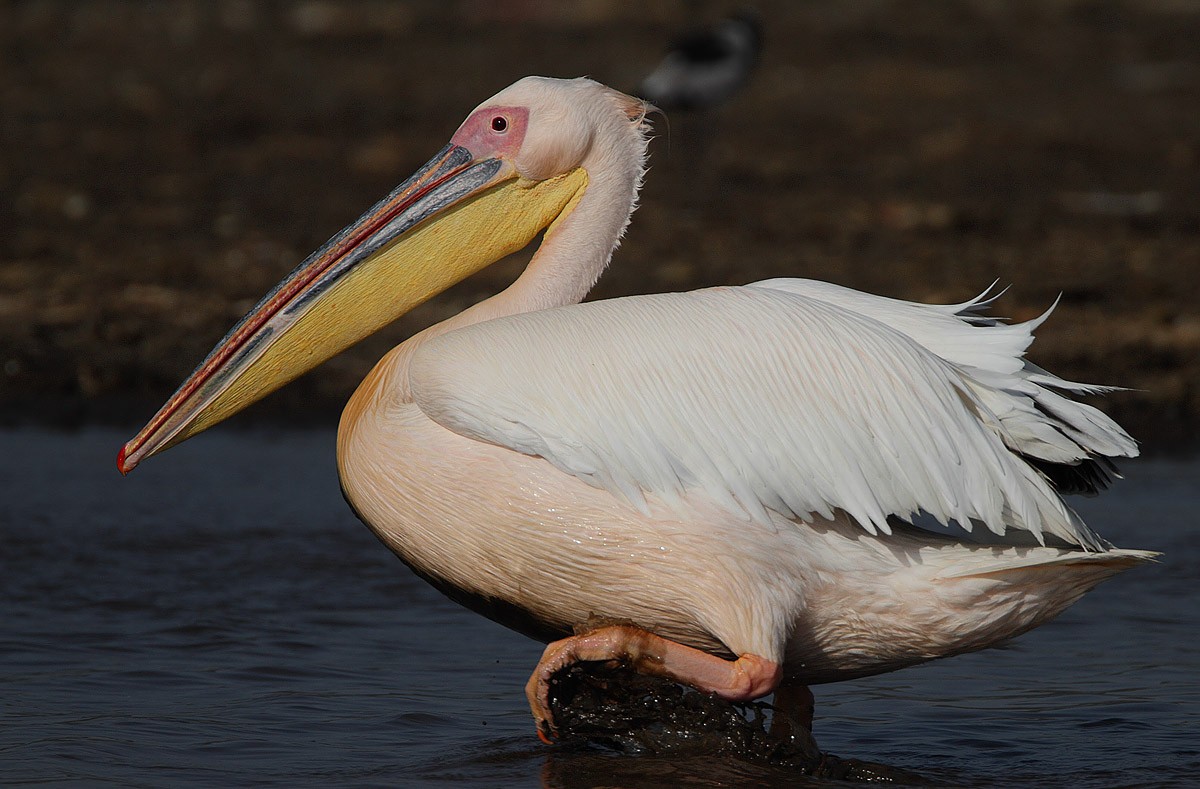 How rare is great White Pelican?
How rare is great White Pelican?
How rare is great White Pelican?
Since 1998, the great white pelican has been rated as a species of least concern on the IUCN Red List of Endangered Species. This is because it has a large range – more than 20,000 km (7700 mi) – and because its population is thought not to have declined by 30% over ten years or three generations, which is not a rapid enough decline to warrant a vulnerable rating. However, the state of its overall population is not known, and although it is widespread, it is not abundant anywhere. It is one of the species to which the Agreement on the Conservation of African-Eurasian Migratory Waterbirds (AEWA) applies. It is listed under the Appendix I of the Convention on the Conservation of Migratory Species of Wild Animals, Appendix II of the Berne Convention on the Conservation of European Wildlife and Natural Habitats and Annexure I of the EU Birds Directive on the Conservation of Wild Birds. It occurs within 43 Important Bird Areas in its European range, and is listed within 108 Special Protection Areas in the European Union. This species is often kept in captivity in zoos or in semi-wild colonies such as that in St. James's Park, London. The ancestors of this colony were originally given to Charles II by the Russian ambassador in 1664 which initiated the tradition of ambassadors donating the birds. Today, because of overfishing in certain areas, white pelicans are forced to fly long distances to find food. Great white pelicans are exploited for many reasons. Their pouch is used to make tobacco bags, their skin is turned into leather, the guano is used as fertiliser, and the fat of its young is converted into oils for traditional medicine in China and India. In Ethiopia, great white pelicans are shot for their meat. Human disturbance, loss of foraging habitat and breeding sites, as well as pollution are all contributing to the decline of the great white pelican. Declines have been particularly notable in the Palaearctic.
People often ask
Related Searches
Scientific Classification
Phylum
Chordates Class
Birds Order
Pelicans and Relatives Family
Pelicans Genus
Pelicans Species
Great White Pelican 